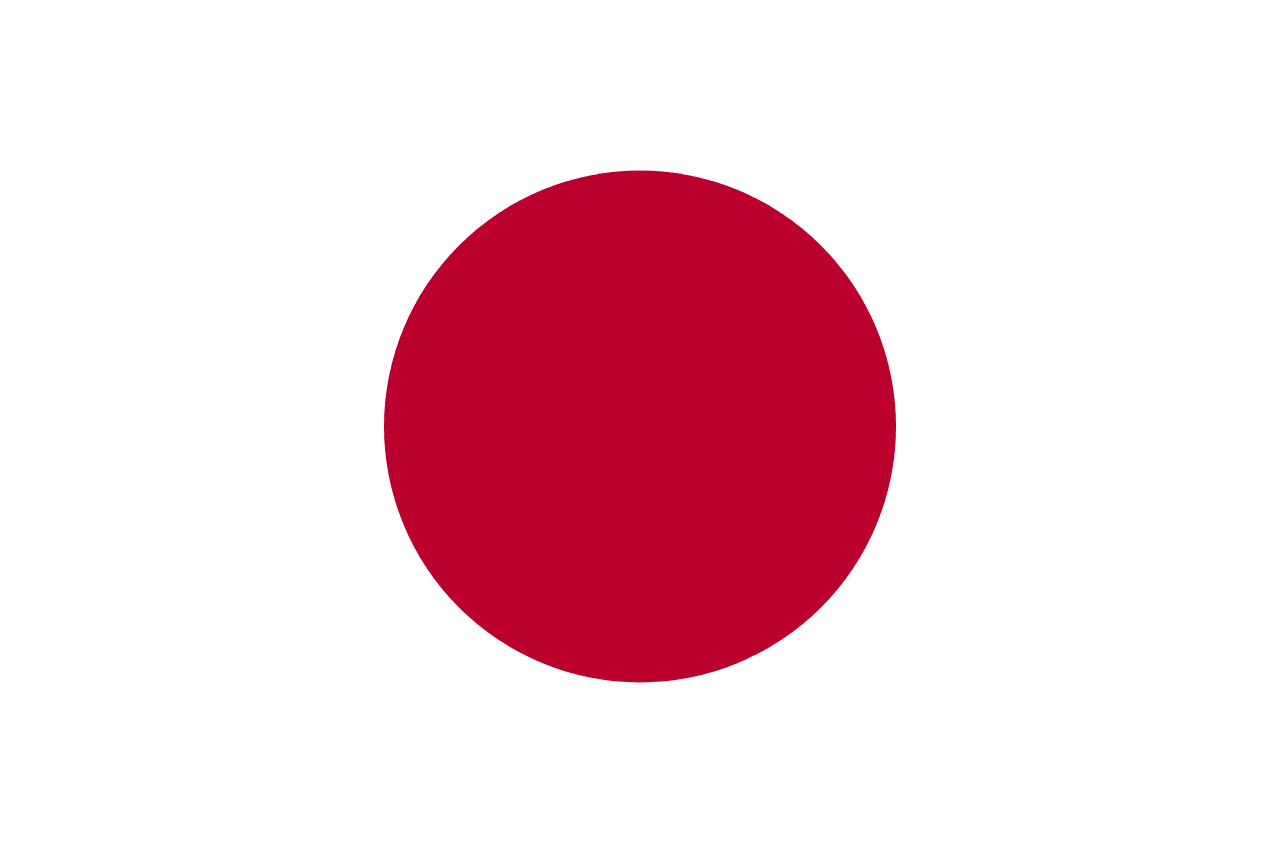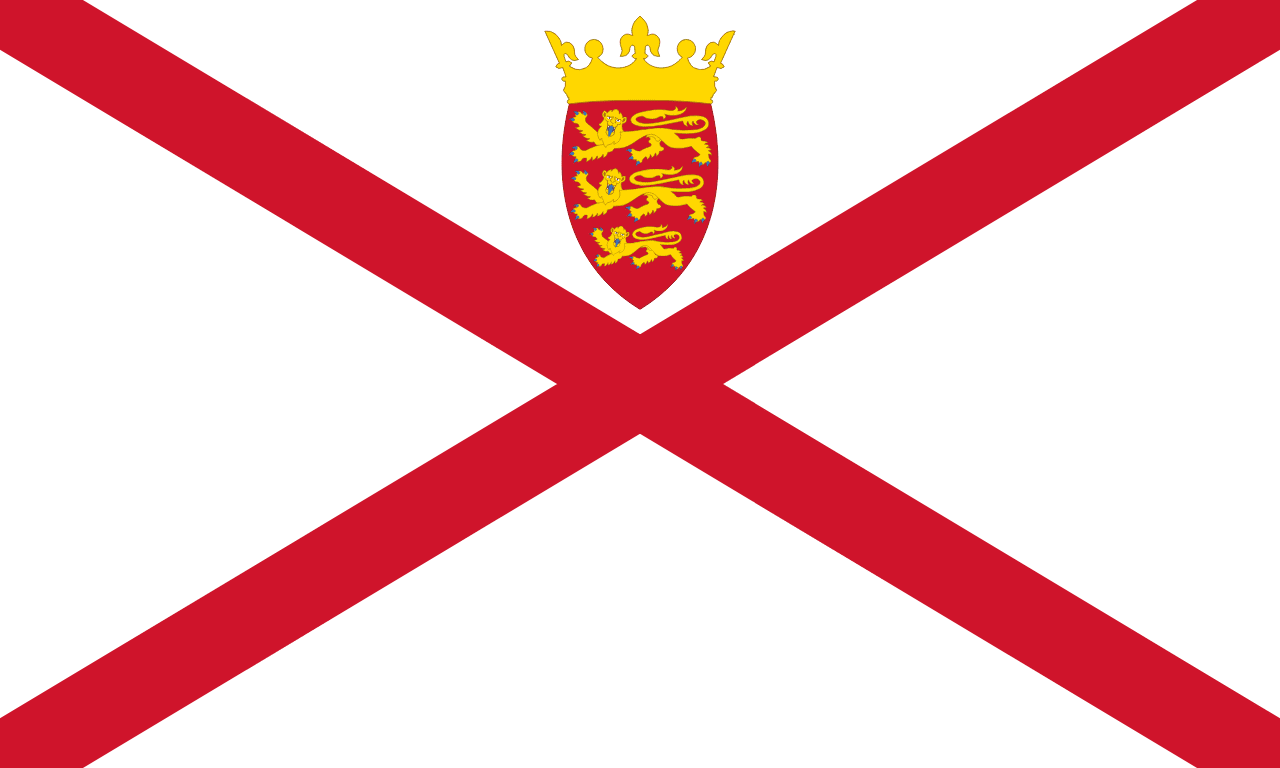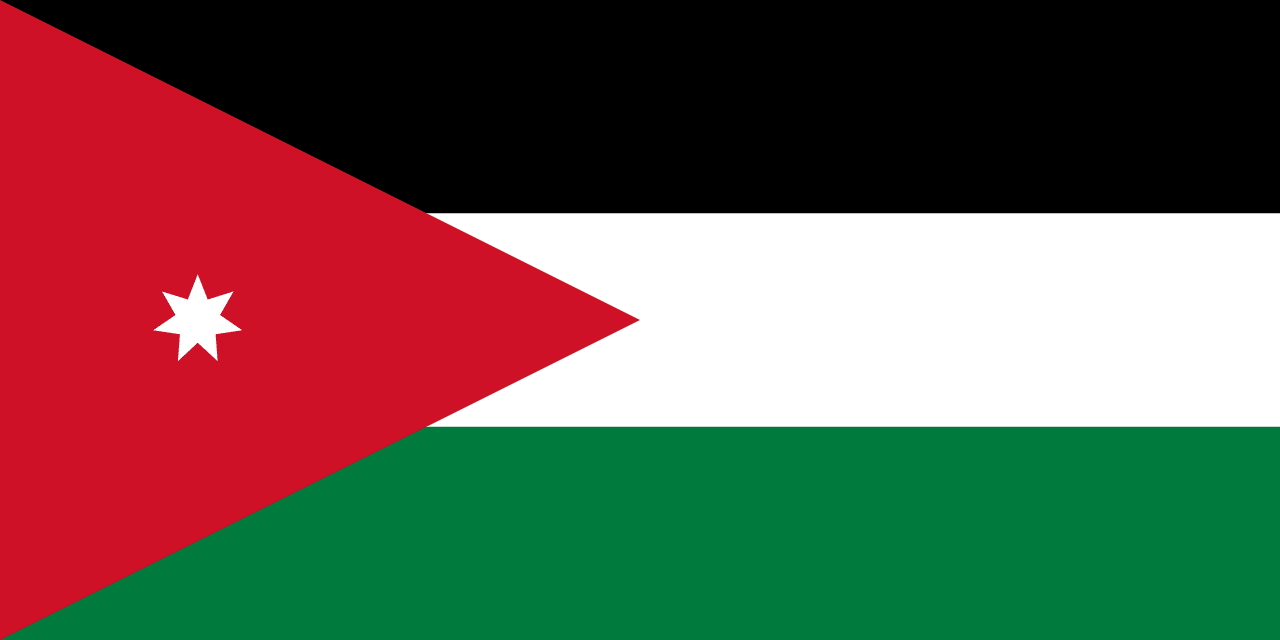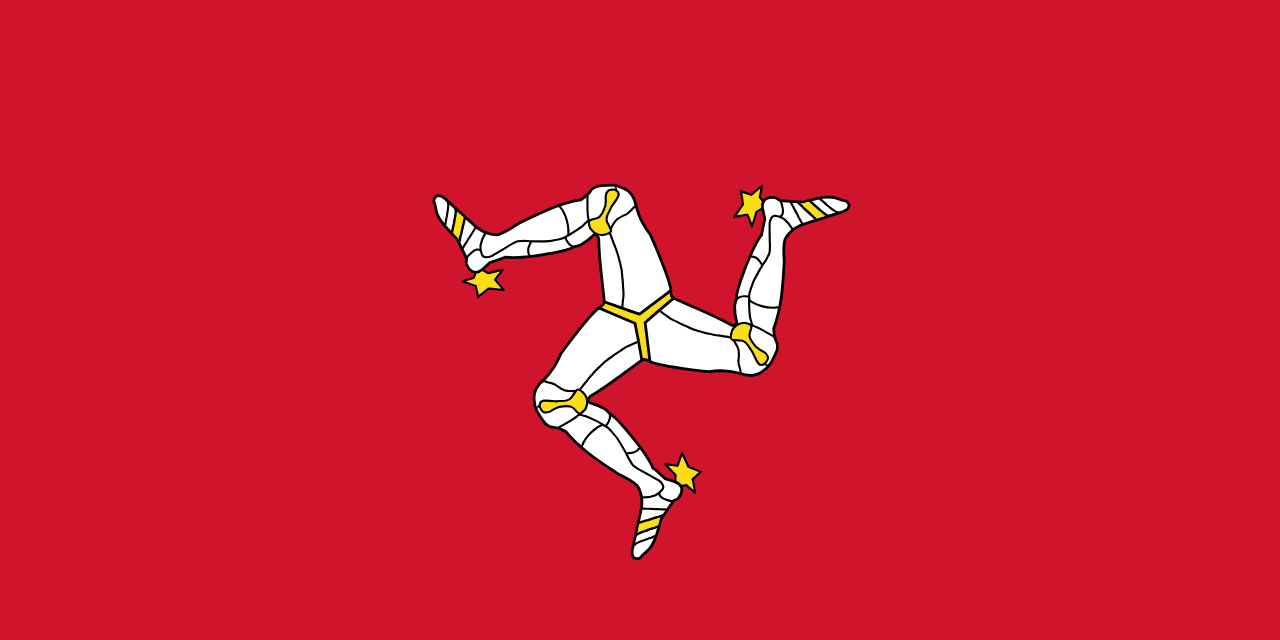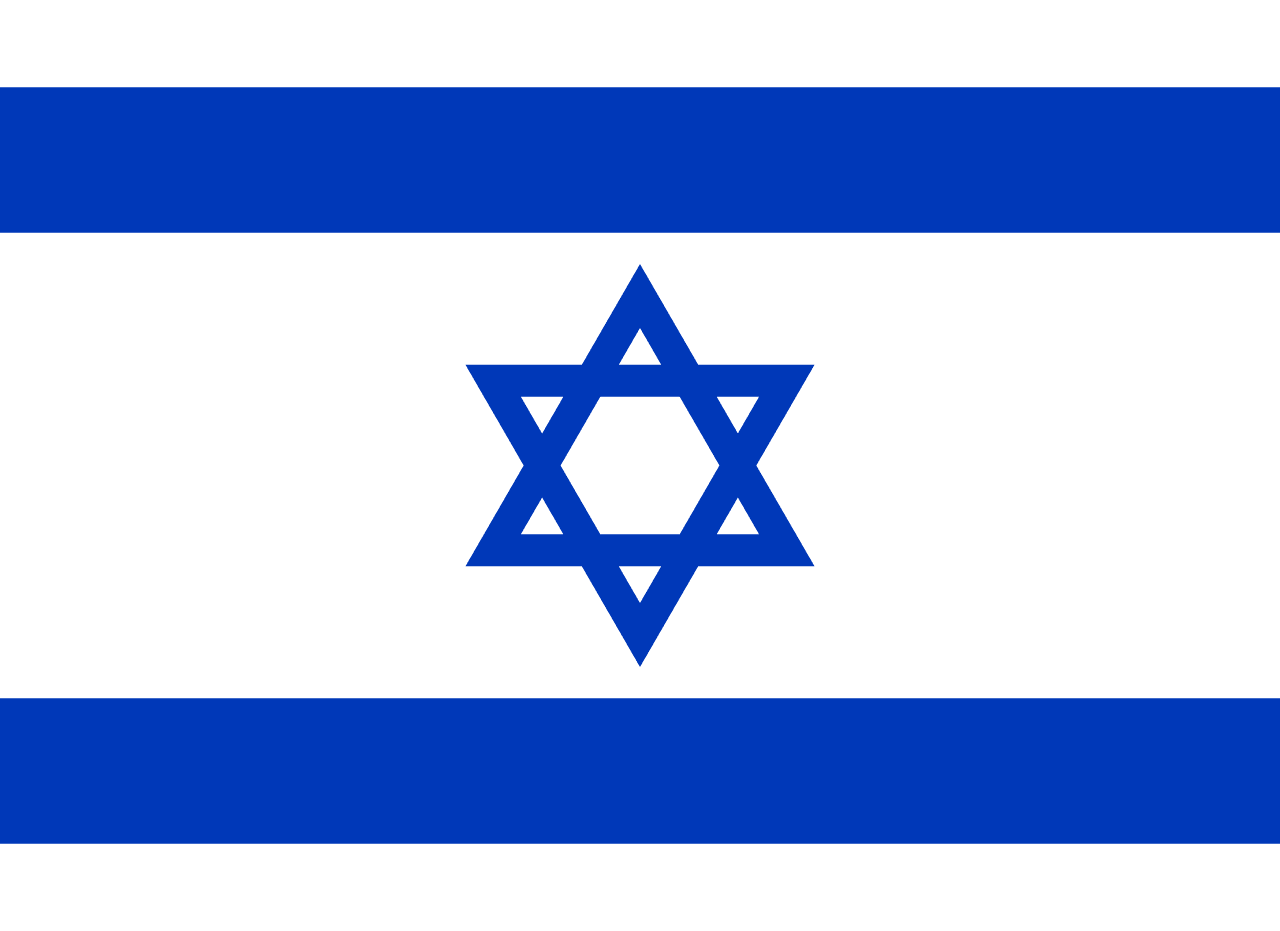The flag of Jamaica features a striking design of a gold diagonal cross dividing the field into four triangles: two green triangles at the top and bottom, and two black triangles on the hoist and fly sides. This unique and vibrant flag encapsulates Jamaica's rich cultural heritage, natural beauty, and national identity.
Jamaica information
| National Flag Day | — |
| Sovereign state | Yes |
| Official name | Jamaica |
| Capital | Kingston |
| Population | 2,961,167 |
| Area | 10,991 km² |
| Currency | Jamaican dollar (JMD) |
| Language | English, Jamaican Patois |
| Continent | North America |
| Region | Caribbean |
| Subregion | Greater Antilles |
| Borders | — |
| Timezone | Eastern Standard Time (EST) UTC-5 |
| Calling code | +1 876 |
| Top-level domain | .jm |
History of the Jamaican flag
 The Jamaican flag was officially adopted on August 6, 1962, coinciding with the country's independence from British colonial rule. The flag's design was the result of a national competition, reflecting the desire for a symbol that would unite the newly independent nation. It was chosen to represent Jamaica's break from its colonial past and its aspirations for a bright, independent future.
The Jamaican flag was officially adopted on August 6, 1962, coinciding with the country's independence from British colonial rule. The flag's design was the result of a national competition, reflecting the desire for a symbol that would unite the newly independent nation. It was chosen to represent Jamaica's break from its colonial past and its aspirations for a bright, independent future.
Symbolism and design of the Jamaican flag
Each element of the Jamaican flag carries profound symbolism. The gold diagonal cross represents the natural wealth and sunshine of the island, symbolizing hope and the nation's resources. The green triangles signify agriculture and the lush vegetation of the island, representing hope and agricultural resources. The black triangles symbolize the strength and creativity of the Jamaican people, acknowledging the hardships overcome by the nation. This color combination is unique among national flags, making the Jamaican flag instantly recognizable worldwide.
Usage and significance of the Jamaican flag
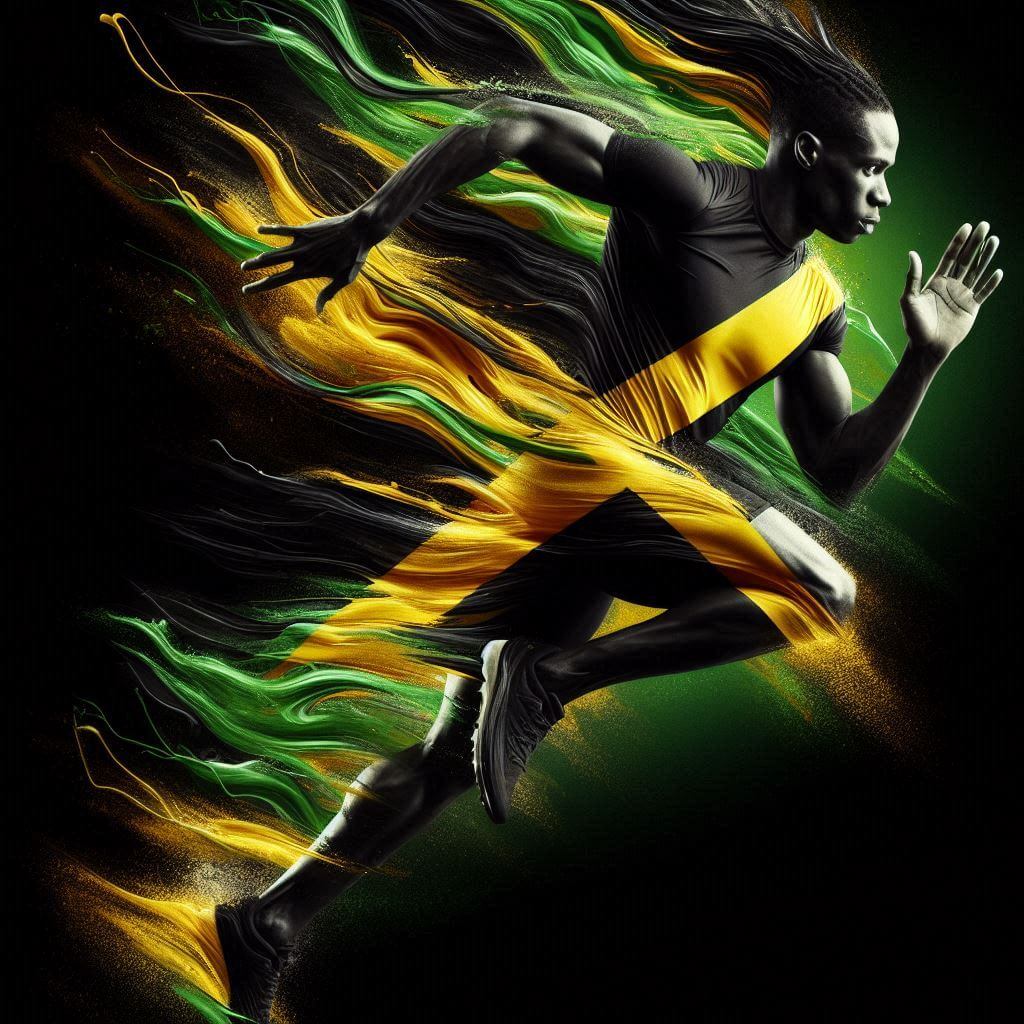 The Jamaican flag serves as a powerful symbol of national pride, unity, and identity. It is prominently displayed during official ceremonies, national holidays such as Independence Day and National Heroes Day, and at government buildings. The flag plays a significant role in sports events, particularly in international competitions where it represents Jamaican athletes, who have achieved global recognition in track and field. Beyond official use, the flag's colors and design have influenced Jamaican art, fashion, and cultural expressions, becoming an integral part of the country's global image.
The Jamaican flag serves as a powerful symbol of national pride, unity, and identity. It is prominently displayed during official ceremonies, national holidays such as Independence Day and National Heroes Day, and at government buildings. The flag plays a significant role in sports events, particularly in international competitions where it represents Jamaican athletes, who have achieved global recognition in track and field. Beyond official use, the flag's colors and design have influenced Jamaican art, fashion, and cultural expressions, becoming an integral part of the country's global image.
Interesting facts about the Jamaican flag
- Jamaica is the only country in the world whose flag does not share any colors with the flag of the United States.
- The Jamaican flag is one of the few national flags that does not contain red, white, or blue.
- The flag's colors have influenced the creation of other national symbols, including the Jamaican coat of arms.
- In Jamaican culture, the flag is often referred to as "The Cross," highlighting the significance of its diagonal design.
- The flag's colors have been adopted by the Rastafarian movement, although with different symbolism, showcasing its cultural impact beyond national identity.
